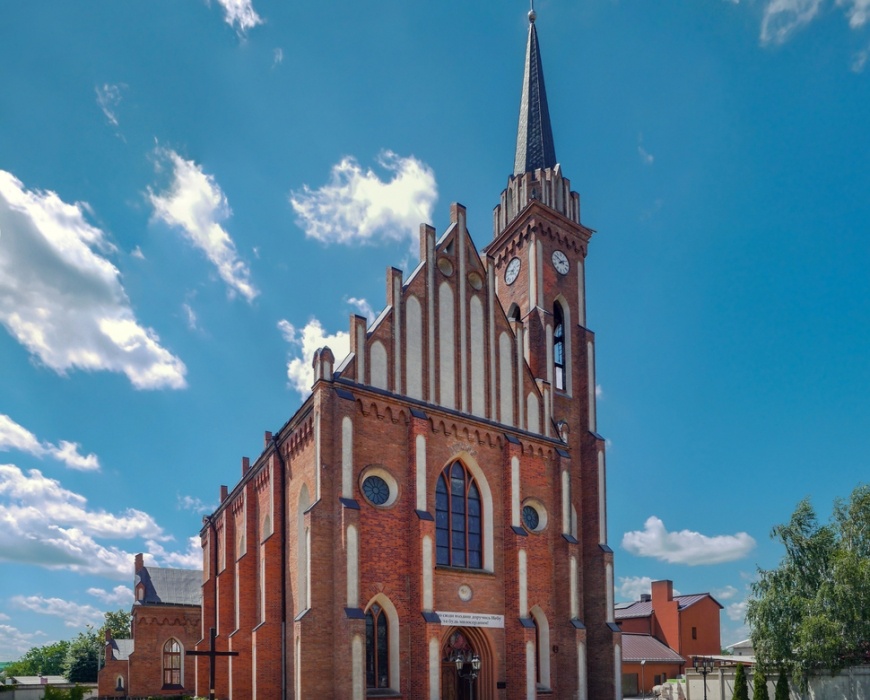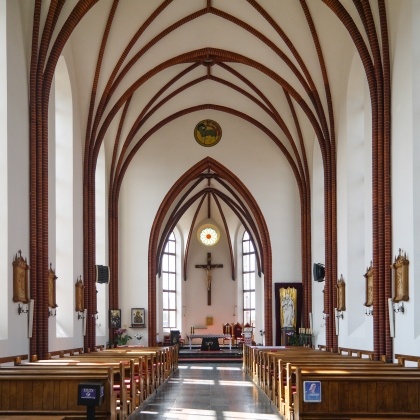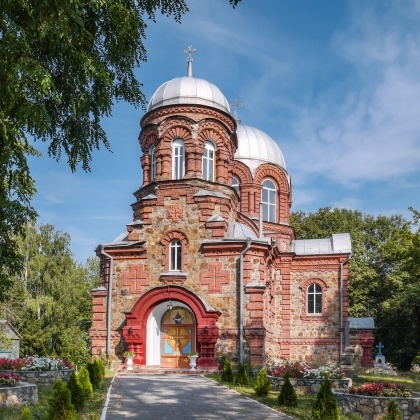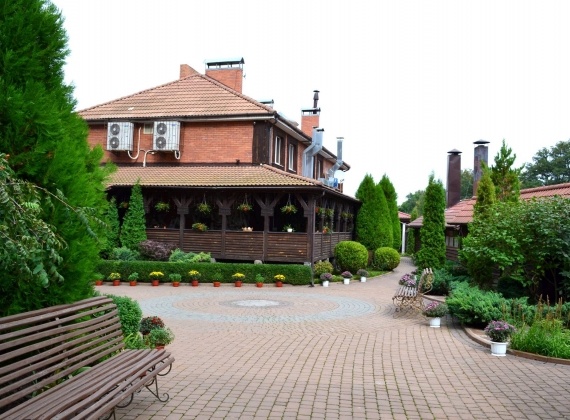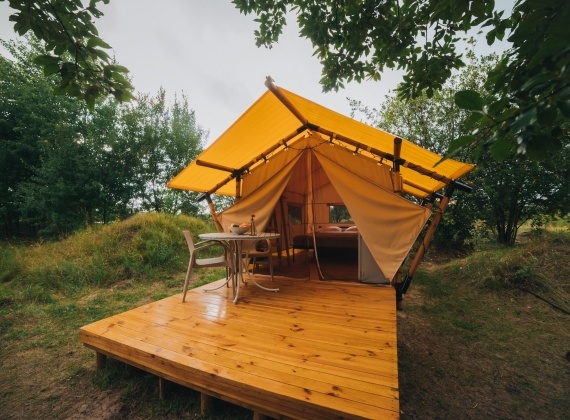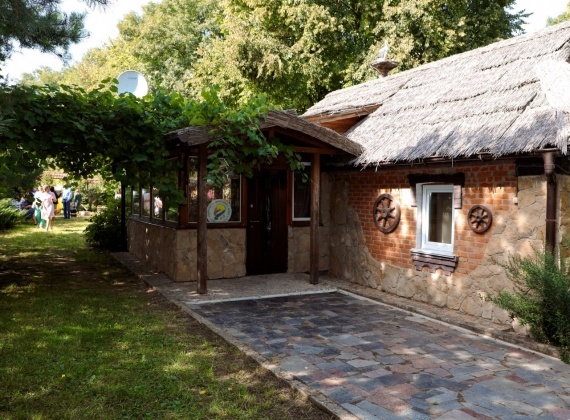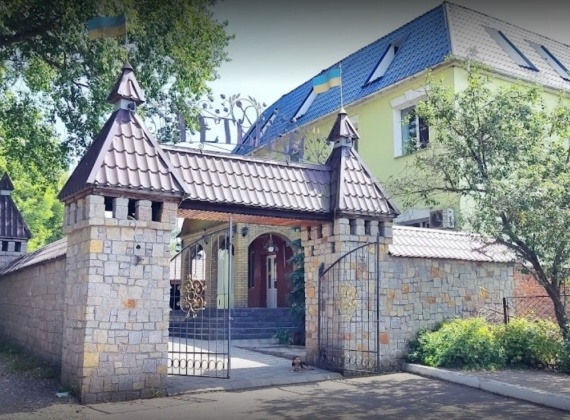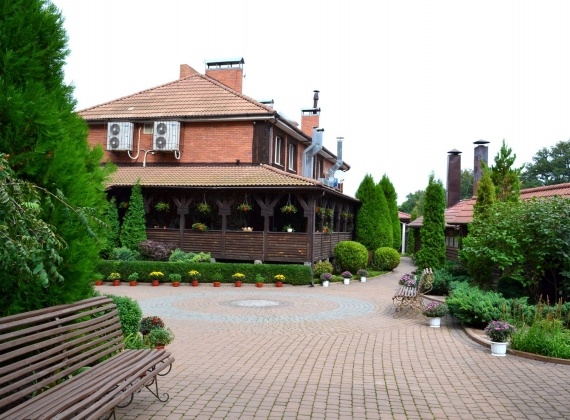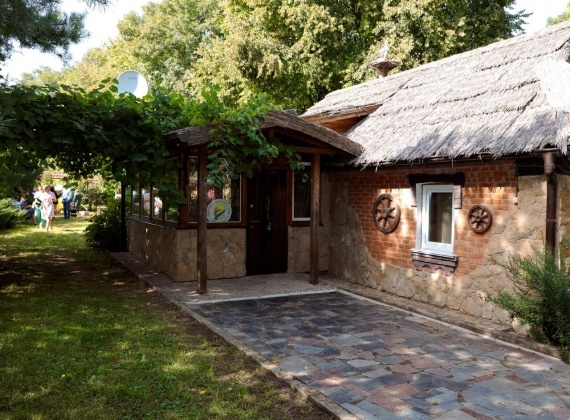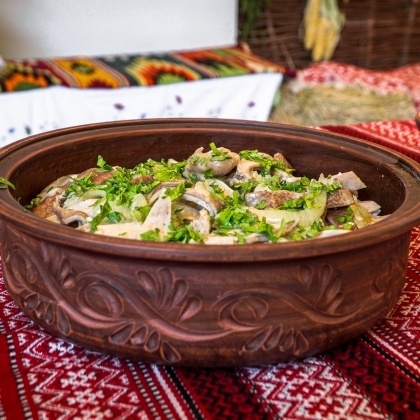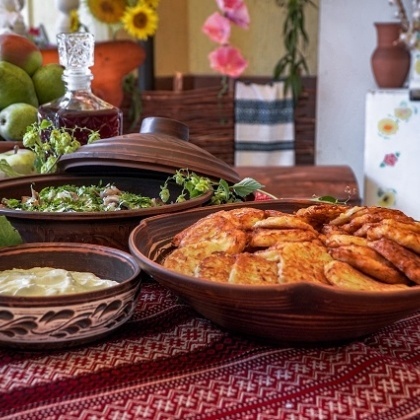Hnivan and Selyshche are near each other, but in modern Hnivan people began to settle in the 1870s, when a railway was laid here. There are the ruins of a sugar refinery, and both buildings look fascinating. In Hnivan, the Riv River, which flows through Bar, flows into the Pivdennyi Buh. Here is a picturesque island at the confluence of rivers. You can see it from the bridge across the Riv. The village of Mohylivka begins after this bridge. Not far from this village is an old flooded quarry with a cool beach. There is also a spring nearby in the forest.
- Preschool educational institution № 2, 23 Yaroshynskoho Street Geolocation
- State fire and rescue unit, 89 Soborna Street Geolocation
- m. Hnivan, 64 Soborna Street Geolocation
- 1 Promyslova Street Geolocation
- 15 Promyslova Street Geolocation
- m. Hnivan, 36 I. Franko Street Geolocation
- Basement Municipal institution Out-of-school education centre «Prostir», 1 Podilska Street Geolocation
- Basement of a music school, 77 Soborna Street Geolocation
- Basement of the school, Mohylivka village, 1A Peremohy Square
- Basement of the preschool educational establishment № 3, Selyshche village, 2 Zarichna Street Geolocation
- Basement of the kindergarten, Selyshche village, 104A Dmytrivska Street Geolocation
In 1903-1906, a neo-Gothic church designed by Felix Olshansky was built in Hnivan through the efforts of priests Francis Szymkus, Jan Baranovsky, founder Karolina Yaroshinska, and local parishioners. On September 14, 1906, the church was consecrated under the title of St. Joseph. With the establishment of Soviet power in 1935, the church was closed. All liturgical stuff was confiscated, the bells named after Sigmund and Caroline, and the Cross were removed. In 1958 the Hnivan bearing factory was located in the building, having undergone reconstruction and dividing it into four floors. In 1992 the renovation and restoration of the church were begun under the authority of bishop Jacek Pyl. It was restored to its original form. The tower is equipped with an analog of the original clock with chimes. On March 16, 2019, Bishop Leon Dubravsky proclaimed The Church a functioning sanctuary.
It was built in 1909 in the Neo-Byzantine style. About two dozen types of brickwork were used during the construction. In Soviet times, the church was the functioning one, so people from all over the region came here to have their religious ceremonies. On the web, you may find false information that this church dates back to 1722. As Demydivka is known since the 16th century, the churches have been replacing each other for centuries here. Probably it is about the previous, wooden church, replaced by a brick one in 1909. The same church in the Vinnytsia region may be seen in the village of Cherepashyntsy near Pogrebyshche. Apparently, both temples were built by the same builders and in accordance with the same architectural project.
Voroshylivka village, “Parceli” restaurant, (Tsentralna Street, opposite the local club, tel. +380961851594, +380963729796 by prior order.)
- 1 stomach of a young calf
- 3 onions (400-500 g)
- 100 g of butter
Boil the washed and cleaned stomach for an hour. .
Cut the cooled stomach into strips and cook for another 40 minutes in salted water with some spices: bay leaf, coriander seeds, pepper, allspice, green parsley and dill. Discard in a colander, strain the broth.
Put the strips, butter and oil on a hot pan. After 5-10 minutes, add onion cut into half rings and leave to languish for half an hour. At the end, add a bay leaf, salt, and pepper.
Voroshylivka village, “Parceli” restaurant (Tsentralna Street, opposite the local club, tel. +380961851594, +380963729796 by prior order).
For 1 serving:
- 3-4 potatoes
- 1 onion
- 1 egg
- 2 tablespoons of flour
- 2 tablespoons of sour cream
Can be made with different fillings (meat, mushrooms).
Grate the potatoes, add finely grated onion, egg, flour and sour cream. Add salt and pepper to taste. Fry in a pan on both sides. Enjoy them hot with sour cream.

